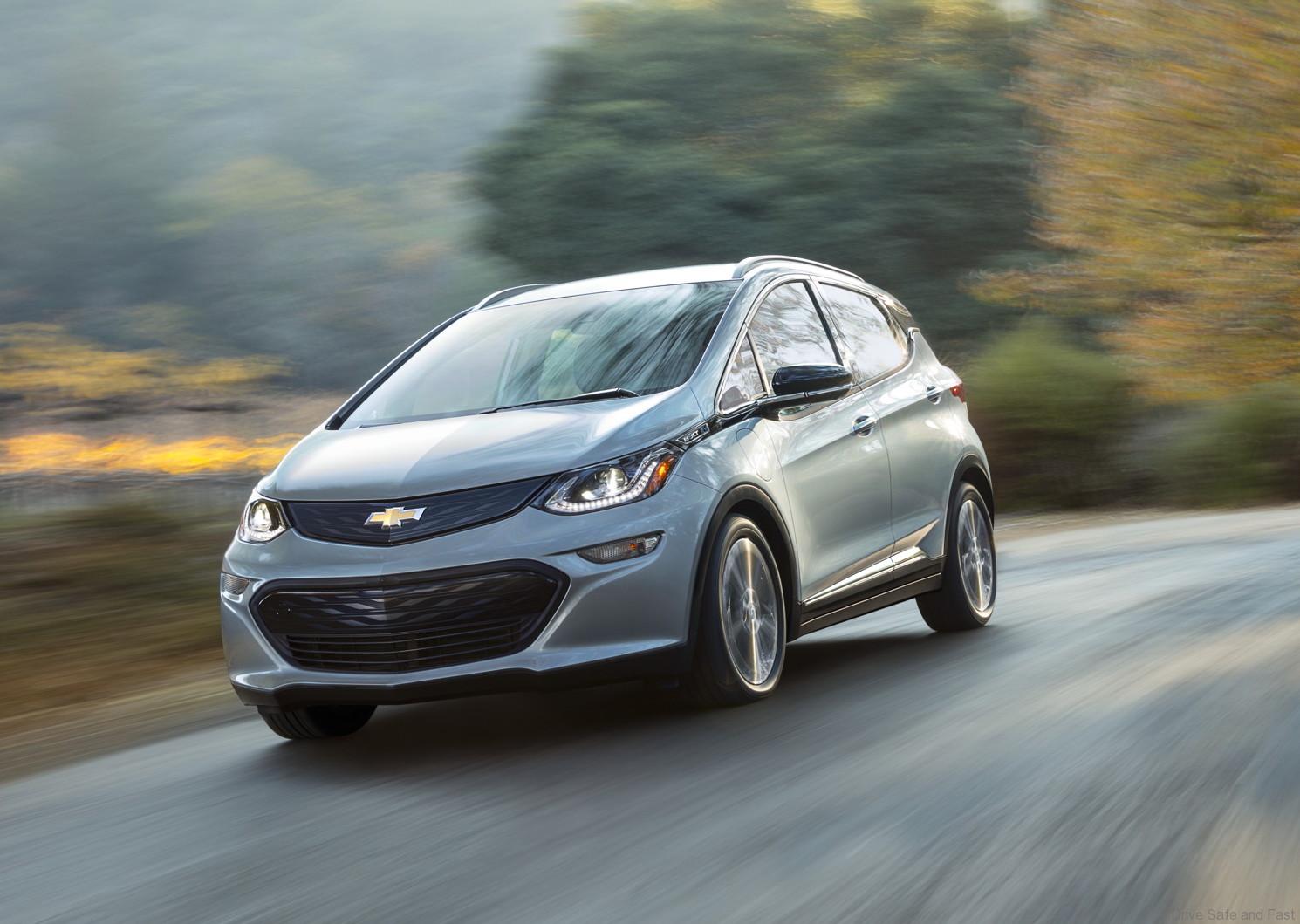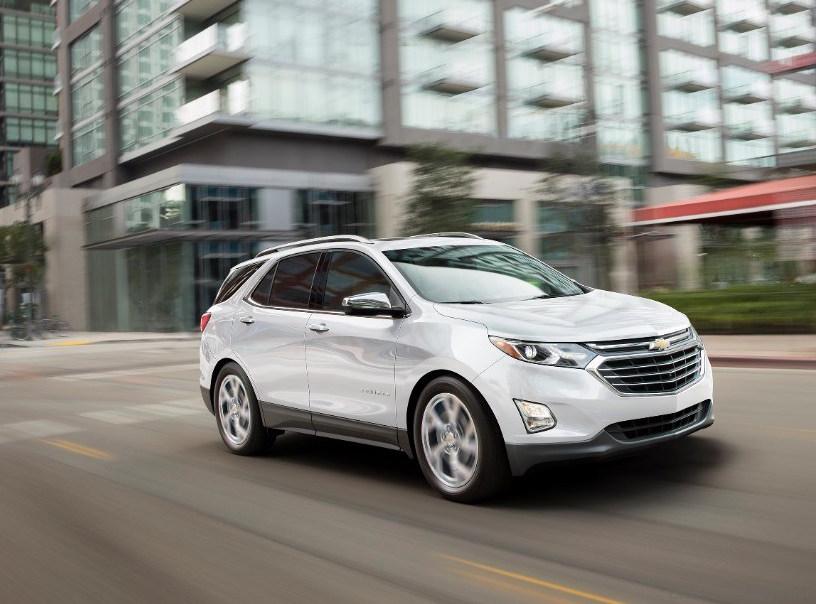General Motors (GM) now has more funds for electric vehicle development because of their decisions to sell money-losing European operations, retiring from loss making markets and investing in a new generation of highly profitable, petroleum-fueled large pickup trucks, which will be launching in 2018.
GM now has more than 1,700 engineers, designers and researchers working on batteries and electric vehicles and GM’s battery and EV group is one of the largest in the world, rivaled only by Toyota Motor Corp in Japan and Daimler AG in Germany.
Toyota has patented more battery technology in recent years than GM, although its focus has been mainly the Prius family of hybrid petrol-electric vehicles, rather than on pure battery-powered cars like GM’s Bolt EV.
GM was issued 661 U.S. patents on battery technology from 2010 through 2015, the latest that such data is available from the United States Patent and Trademark Office, trailing only Toyota’s 762 battery patents among global automakers.
In addition to the battery work, GM engineers are developing a new dedicated “plug and play” structure for its next-generation electric vehicles that is flexible and modular, meaning it will be able to accommodate battery systems of different sizes, as well as hydrogen fuel cells.
GM’s patent history since 2010 shows a focus on improvements in battery technology, packaging and processing, some of them designed to help boost the battery’s energy and extend vehicle range between charges, according to company filings.
GM jointly developed its current battery know-how with Korea’s LG Group, which makes batteries and electronic components for the Bolt. Introduced in October 2016, Bolt was the first mass-produced electric vehicle to go more than 200 miles between charges, and sells for under USD40,000. GM sold 23,297 Bolts in 2017.
Tesla reported producing just 1,770 of its USD35,000 Model 3 sedans in 2017, well short of the company’s original targets.





